The need for digital health education among next-generation health workers
Telehealth and digital health has rapidly expanded which is no surprise. In an era defined by rapid technological advancements, the integration of digital solutions into various sectors has transformed the way we approach and deliver services into medicine.
Most of us have heard of telehealth, RPM, wearables, AI etc and its utility in healthcare. However, what still hasn’t kept up is the need for next-generation health workers to be equipped with comprehensive digital health education. Medical education is the basis of our understanding of clinical practice which is why we continue learning throughout our careers. In digital health, this education is essential not only to keep pace with technological innovations but also to ensure high-quality patient care, efficient healthcare systems, and improved health outcomes.
One of the primary reasons for integrating digital health education into the training and education is to bridge the gap between traditional medical practices and modern technology. We all learn the fundamentals of medical science and that remains crucial, but the ability to navigate and leverage digital tools can significantly amplify the efficiency and effectiveness of healthcare delivery. And we don’t learn it - I certainly did not. I had to learn on the job and take that experience and train others. We have more tools and information now than I did then - ensuring that all clinicians learn about this improves the utility of digital health and improves how we use.
I’ve also noted that improving training improves interdisciplinary collaboration among healthcare professionals. Most telehealth programs, for example, may engage various clinical specialties or diverse stakeholders. Our modern healthcare environment is, or is at least heading toward, a team-based approach, where doctors, nurses, pharmacists, tech teams, and administrators work together. Understanding each other's roles is part of this education and allows for a forward movement for all technologies and stakeholders.
Of course, the most important reason is understanding and improving patient engagement. If we cannot use digital health tools well, we are not serving patients well. Without training, there is a risk we are not taking into account the data they have from their wearables, asking them to travel for unneeded in-person appointments or not taking advantage of improving health literacy. Patients have become more active participants in managing their health, with digital health tools and their clinicians should understand them as well. Also, clinicians need to educate patients about reliable digital health tools, interpret data generated by wearables, and guide patients in making informed decisions based on digital health insights.
All of these seem obvious. Those who are better versed in these technologies and use them have more services they can offer without the restriction of geograph - and eventually - more job opportunities.
I have long been a proponent of needing better telehealth and digital health education - I have seen firsthand how it improves my students' comfort with the tools and their ability to expand their own practice. While we still await for some of these programs to be incorporated into current medical education, there are many supplemental programs, CMEs and self learning tools. Ultimately, this education is a crucial investment in the future of healthcare and the well-being of patients worldwide.
